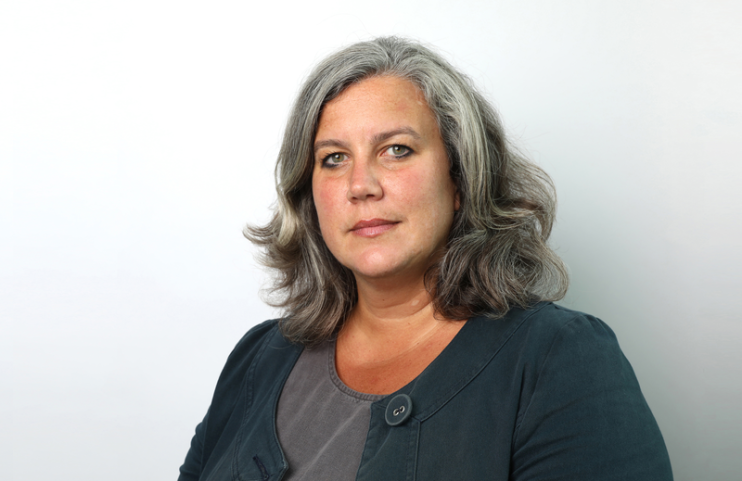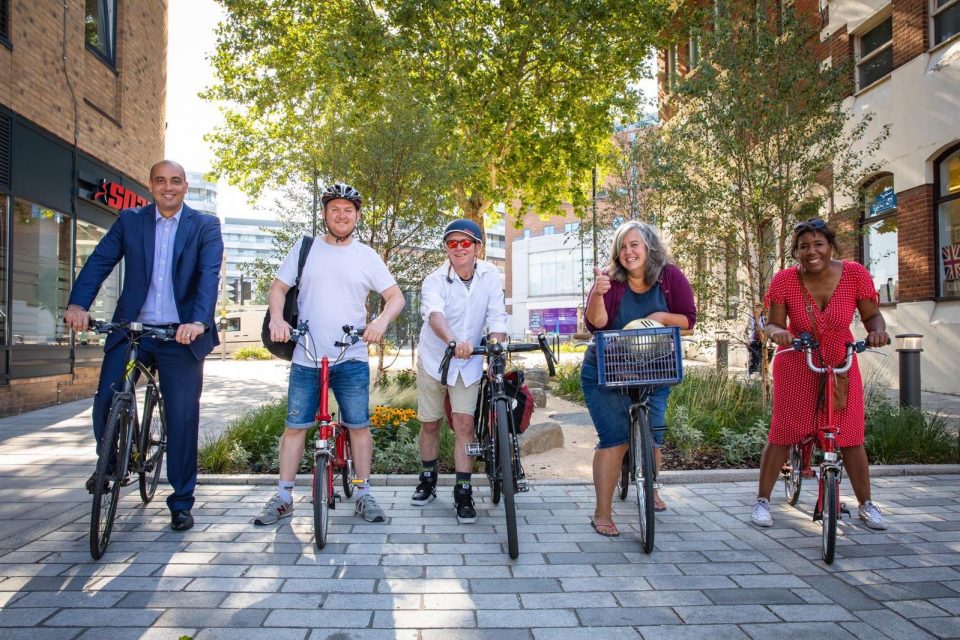TfL must be ‘realistic’ on mega-projects, says deputy mayor, as wait for long-term funding deal goes on

Heidi Alexander has a lot on her plate. In normal times, overseeing London’s transport network as Sadiq Khan’s deputy mayor for the sector would be quite the job, what with keeping the capital’s commuters happy while delivering huge infrastructure projects like Crossrail.
And that is before the pandemic left TfL operating on a shoestring budget, throwing a whole raft of new schemes and developments into doubt.
Alexander, a former shadow health secretary, is under no illusions as to the scale of the challenge at hand.
“We have to be realistic”, she told City A.M.. “We are operating in very constrained circumstances.”
That’s because TfL is still operating on temporary handouts from the government, with no guarantees over its long term funding.
And while that is the case, long-awaited projects like Crossrail 2 and the Bakerloo line extension to her old constituency of Lewisham have been mothballed, with TfL needing to find £300m of savings this year alone.
But, she insists, that doesn’t mean that work on the schemes will stop behind the scenes.
“At some point in the future, when we have a better picture of the demand for public transport and how the economy is doing as we come out of the pandemic, I think it would be good for both of those projects to be in a state where somebody can take them off the shelf and say we’ve got a really good piece of work here, and we’re ready to go with that”, Alexander said.
To that end, the deputy mayor added that TfL had safeguarded the land along the Bakerloo extension route to prevent other development taking place on it.
However, even that could be in doubt, with a Department for Transport spokesperson telling Construction News that ministers had yet to take a decision on whether to update the protection to cover updated plans for the sites.
One mega-project that is going ahead, however, is the building of the Silvertown Tunnel, a new river crossing in east London, which has attracted the ire of environmental campaigners and local politicians alike, who believe it will increase congestion and air pollution in the area.
But Alexander was adamant that the £2bn project, which will be funded by tolling drivers using the tunnel, would benefit the local area.
“There is a desperate need for additional river crossings to the east of Tower Bridge. In London, there are 19 crossings to the west of Tower Bridge but when you get to the east there’s only three, including the Dartford tunnel.
“We have to find a way to get the traffic flowing better in that part of London. Pre-pandemic, the Blackwall tunnel had to be closed hundreds of times every year. It causes absolute gridlock on the road network, both in southeast London and east London. When the Blackwall tunnel goes down, absolutely nothing moves, and there are huge queues of idling cars, and that has implications for air quality.”

She also pointed to TfL modelling which said that tolling drivers to use both the new tunnel and the existing Blackwall crossing meant there would be no overall increase in traffic levels.
Although, as she points out, Silvertown is due to cost a mere fraction of the estimated £31bn cost of Crossrail 2, given TfL’s current track record on large infrastructure projects like the Elizabeth line, now three years late and several billion pounds over budget, one cannot help but be sceptical of the network’s ability to deliver such schemes.
But Alexander insists that City Hall and TfL have learnt the lessons of Crossrail. “The first thing I’ve learnt is you need to keep it as simple as possible”, she said.
“Crossrail is one of the most complicated infrastructure projects happening anywhere in the world – it’s got three separate signalling systems. So for example I think for any future rail rail infrastructure projects you should limit yourself to one signalling system.”
She added that the decision to split control of the construction of the line from its operation had also added to the challenge.
“There was a separation of responsibilities between Crossrail Ltd and TfL, who are actually going to be running this railway, so as a result we have inherited decisions that were taken over a decade ago, when we needed to be involved from the outset.”
The deputy mayor also said that despite recent complaints over the project’s transparency, TfL had been open about the progress towards opening the line, which is now expected in the first half of next year.
“We can’t raise false expectations about what is going to be possible. We have got some hard yards still ahead with this project, but the team is working night and day to get it open as soon as possible.”
For many Londoners, this is all something they’ve heard before – and until it becomes a reality, the questions will remain.
But away from such mega-projects, Alexander has overseen an equally transformative – and controversial – set of changes to London’s travel network through the so-called Streetspace scheme, which saw TfL widen pavements and put in more cycle lanes to encourage people not to use public transport during the pandemic.
In addition, measures have been put in place to pedestrianise areas like Soho, which Alexander said City Hall wanted to keep in place when the pandemic ends.
“Local authorities like Camden and Westminster have been keen, and we want to work with them to ensure that that is possible – they are critical to help our hospitality industry get back on its feet”, she said.
All this, however, remains contingent on the government, and whether a long-term funding package can be agreed in time for November, when the current deal runs out.
Speaking to the London Assembly transport committee yesterday, she acknowledged that projects like extra cycle lanes could be the first to go.
“We’re working as hard as we can on the negotiations”, Alexander finished. But until then, TfL will stay where it is – held at a red signal.